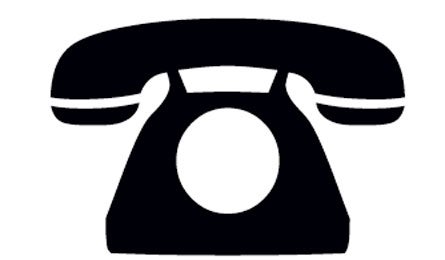Survival: In Dire Straits With Enough Battery Life for...Only One Call

'call for help'
Give the 411
Assume your first call will be your only call, because storms, fading signals, and dying batteries can disrupt connections. “You initially need to give your name, problem, general location, physical condition, and cell number to the 911 dispatcher,” says Lt. Todd Bogardus, SAR coordinator with New Hampshire Fish and Game. Before calling, write these details down, check your map, complete an injury inventory, and take a deep breath—a calm, prepared caller tends to communicate better and get key details correct. SAR teams also need to know your last known location. This can be a trailhead, a lake, a road or river crossing, a summit, or a trail sign. Focus on known places because lost hikers often misjudge their current position by many miles. Providing additional details like a GPS waypoint, terrain conditions, sun position, types of nearby trees, river crossings, and distinctive landmarks can narrow a search zone, Bogardus says.
Enable Your Phone
Before leaving for a hike, activate your phone’s SAR-friendly “Location” options, under the settings menu. Most newer (post-2005) phones contain a GPS chip that tells emergency responders your approximate position—either through cell-tower triangulation, satellite fixes, or both. Enabling the “Location”
function for all calls, not just to 911, makes it easier for cell phone companies to find you. Also, make sure call-forwarding and automatic voicemail are disabled. Most importantly, keep your phone turned off and stuffed inside your pack until you need it (to preserve the batteries).
Survival Secret
Extend your cell phone’s battery life by warming it in an inner pocket before turning it on to make a call. Storing the batteries at cold temperatures is fine, however, and won’t drain the power.